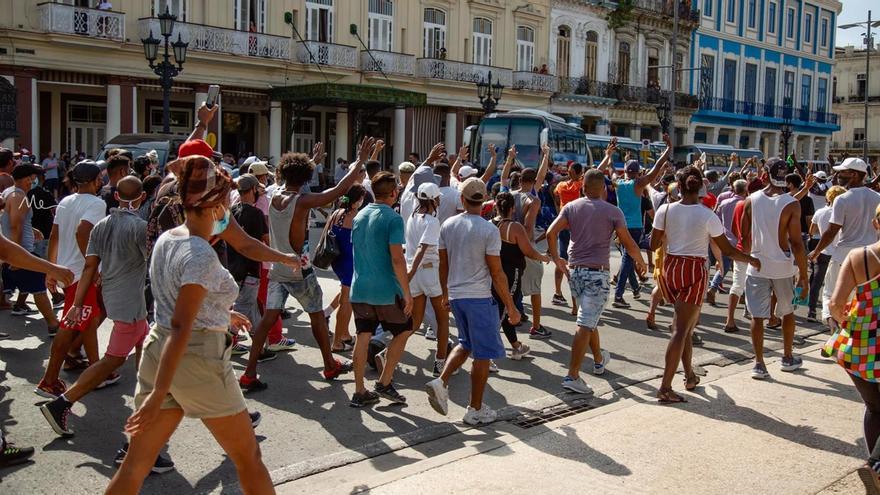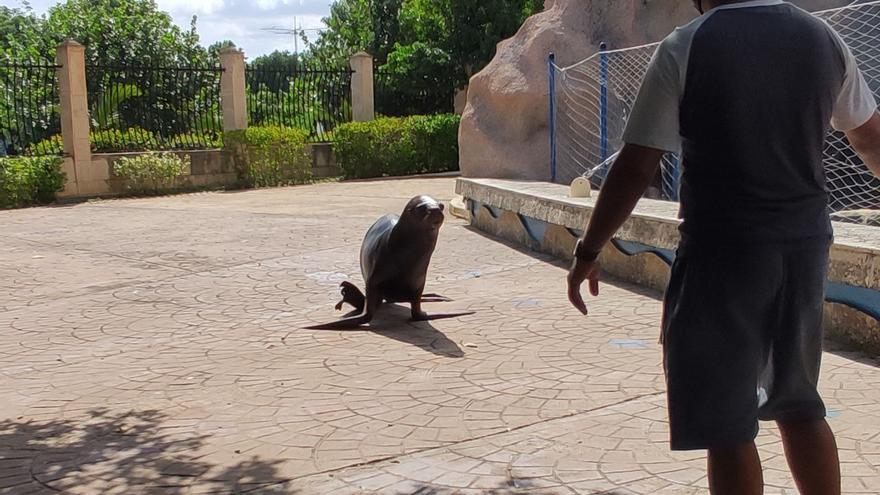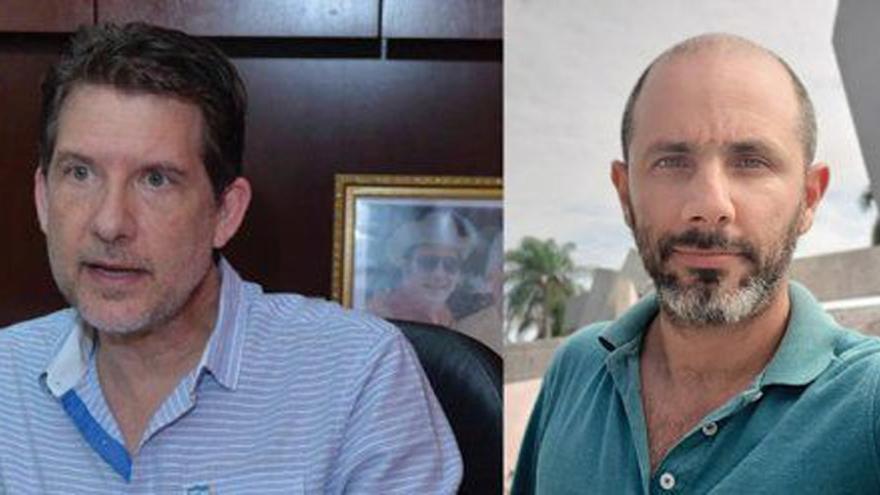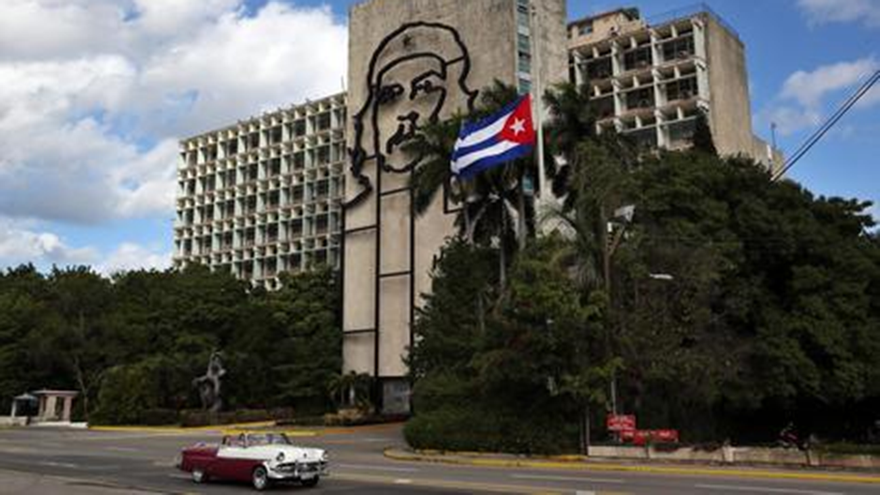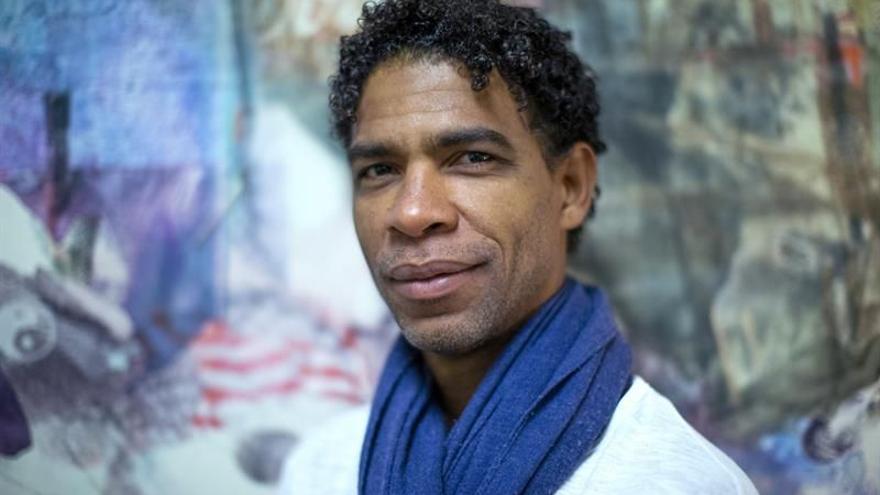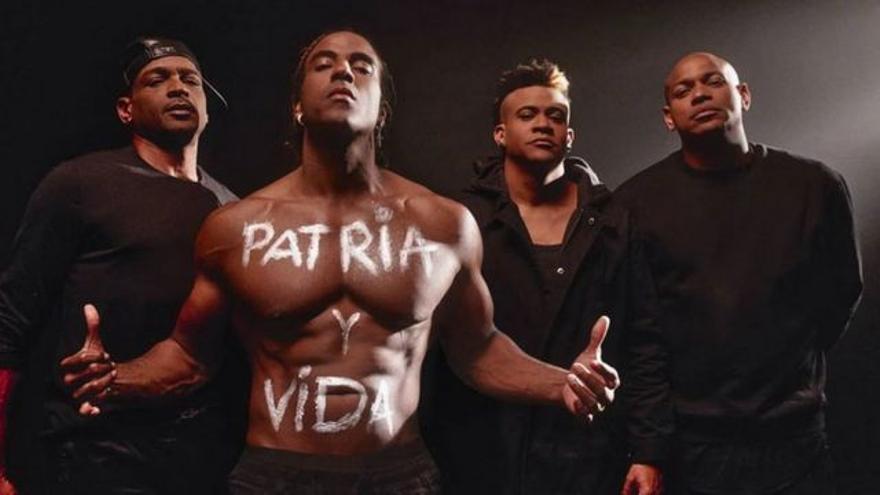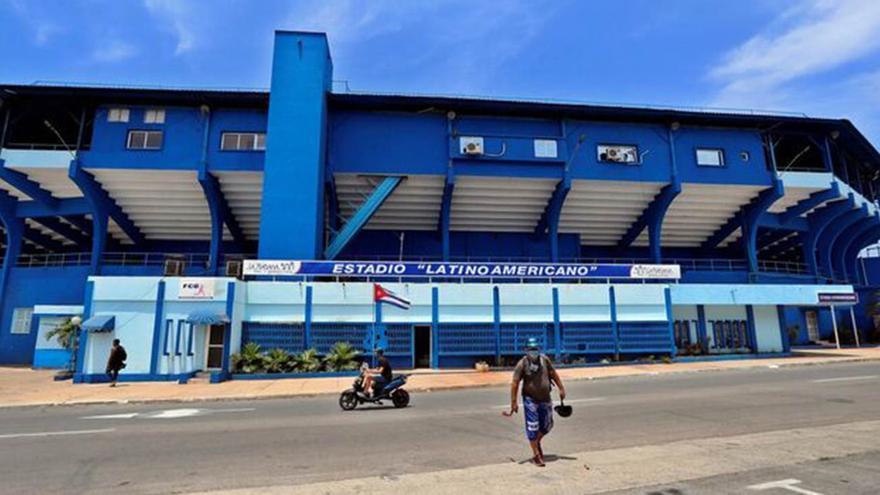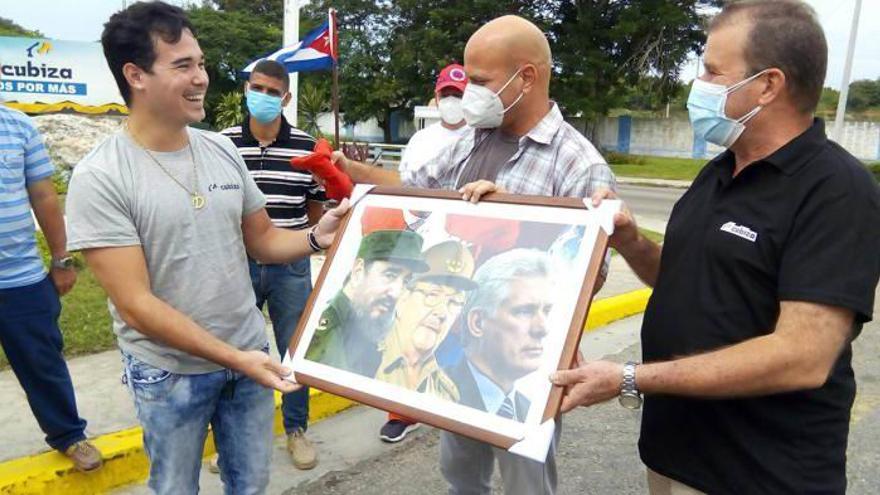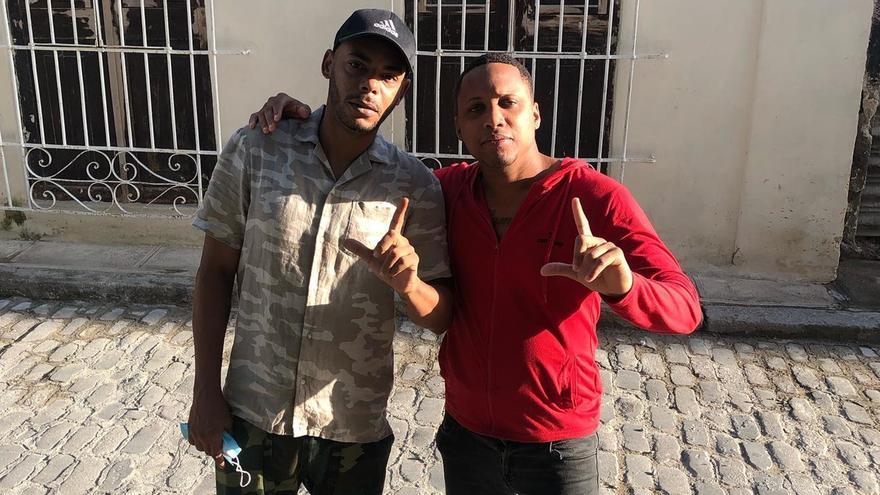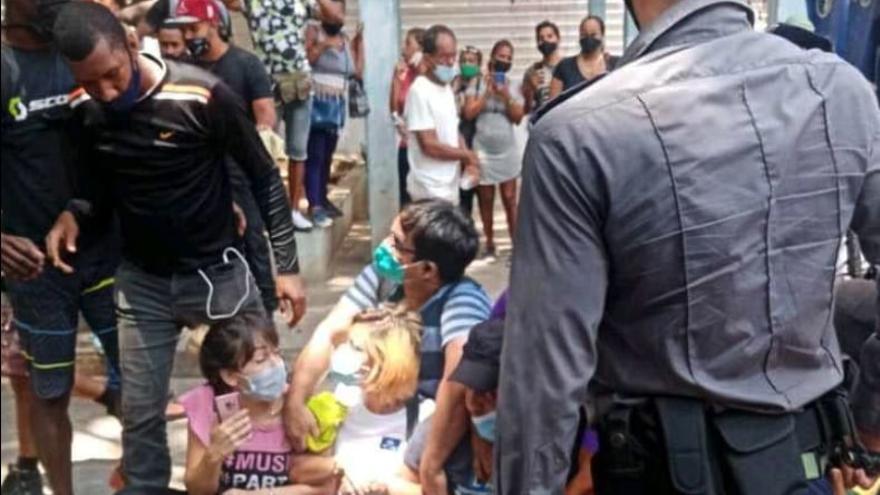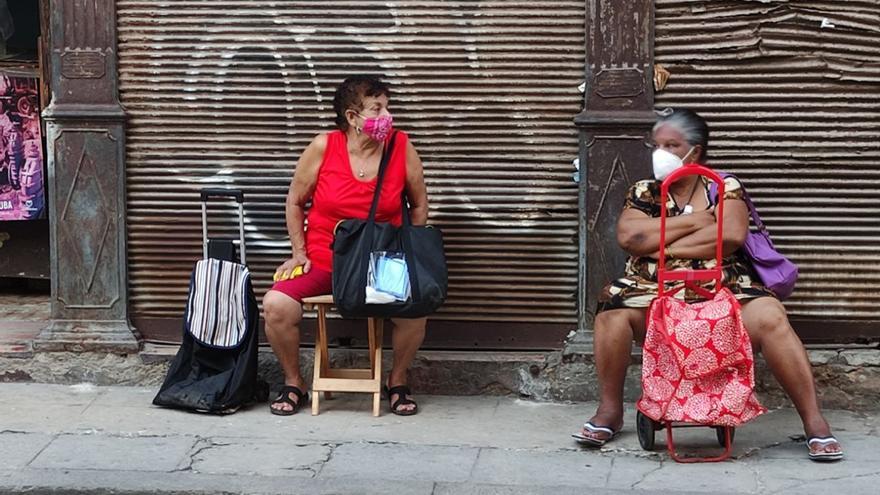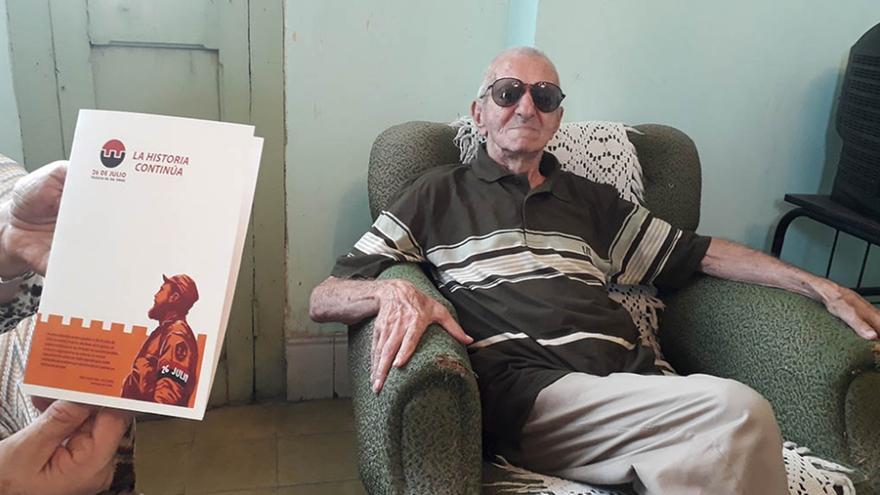
![]() 14ymedio, Havana, 24 October 2021 — Multiple organ failure ended the life of of Alejandro Ferrás Pellicer last Friday, at the age of 99. He was one of the last living assailants at the Moncada barracks, according to the official press. His body will be cremated and his ashes will be exhibited on October 27 in the Veterans Pantheon of the Colón Cemetery in Havana.
14ymedio, Havana, 24 October 2021 — Multiple organ failure ended the life of of Alejandro Ferrás Pellicer last Friday, at the age of 99. He was one of the last living assailants at the Moncada barracks, according to the official press. His body will be cremated and his ashes will be exhibited on October 27 in the Veterans Pantheon of the Colón Cemetery in Havana.
Ferrás Pellicer was originally from Gibara, in the present-day province of Holguín. At age 14 he joined the ranks of La Joven Cuba, a political organization led by Antonio Guiteras. At the age of 21 he moved to Havana where he engaged in different tasks until Fidel Castro included him, along with his brothers Armelio and Antonio, among the assailants at the Moncada Barracks.
From there, according to a publication by Juventud Rebelde , Ferrás Pellicer went on to receive instructions through Marcelo Salado. “He was the head of a large group of underground combatants who participated in various actions and sabotage” until he was forced into exile in the United States in 1957. He was president of the July 26 Patriotic Club in Newark, New Jersey.
After Fidel Castro came to power he returned to the island. From that moment, continue reading
Already established in Havana, he was the founder of the National Revolutionary Militias, the Committees for the Defense of the Revolution (CDR) and the Association of Combatants of the Cuban Revolution.
In addition, he worked as vice president of his CDRs and later became coordinator of the Zone. He was elected as a delegate of the Popular Power for his constituency. In a vacant lot in Central Havana, he built a replica of the Moncada Barracks, which he turned into a historic place where he paid honor to his fallen comrades.
Among the recognitions he received, notable are the 20th Anniversary of the Moncada attack, of Clandestinidad, September 28, the 50th Anniversary of State Security, and the 20, 30, 40, 50 and 60 Anniversaries of the Revolutionary Armed Forces (FAR).
On October 20th another high ranking military figure, Reserve Brigadier General Manuel Fernández Falcó, died at the age of 85 as a result of “a respiratory arrest.” As of July, 17 high-ranking military personnel have died in Cuba.
And just a week ago, covid-19 scored another blow against the military leadership on the island, with the death of Brigadier General Manuel de Jesús Rey Soberón. Since July, the head of the Eastern Army Agustín Peña, Major General of the Reserve Félix Baranda Columbié and Brigadier General Diego Cobas Sanz have all died from the same disease.
____________
COLLABORATE WITH OUR WORK: The 14ymedio team is committed to practicing serious journalism that reflects Cuba’s reality in all its depth. Thank you for joining us on this long journey. We invite you to continue supporting us by becoming a member of 14ymedio now. Together we can continue transforming journalism in Cuba.

